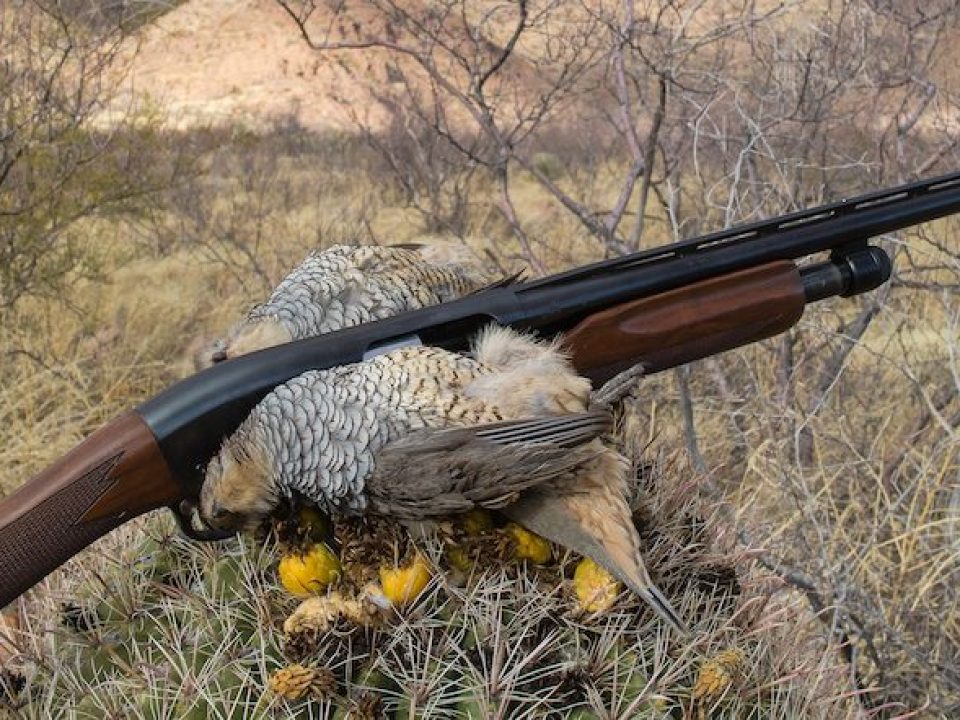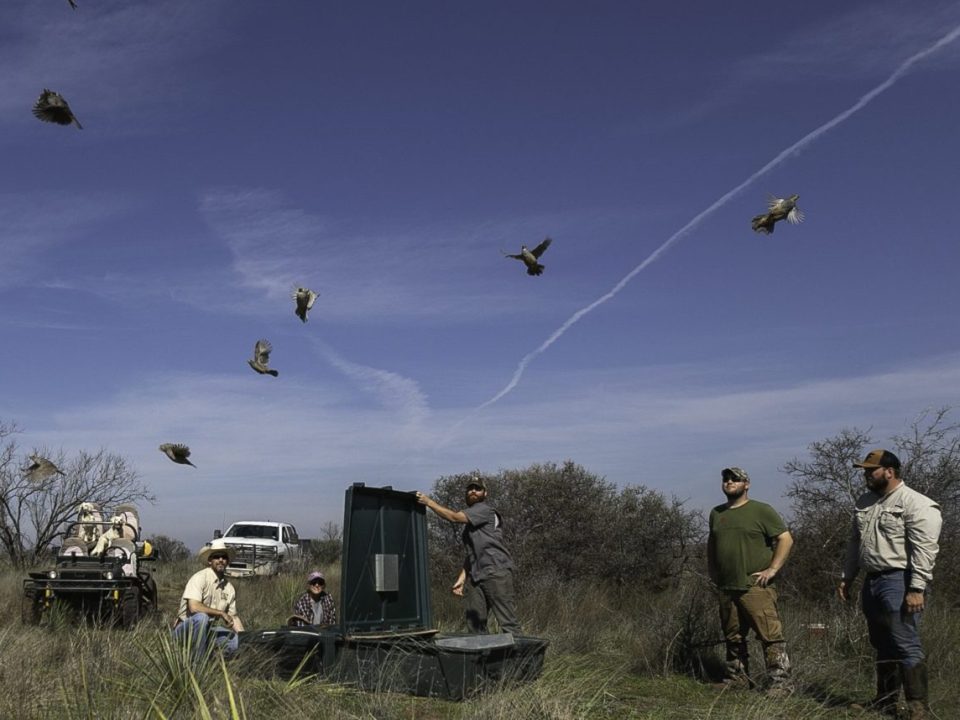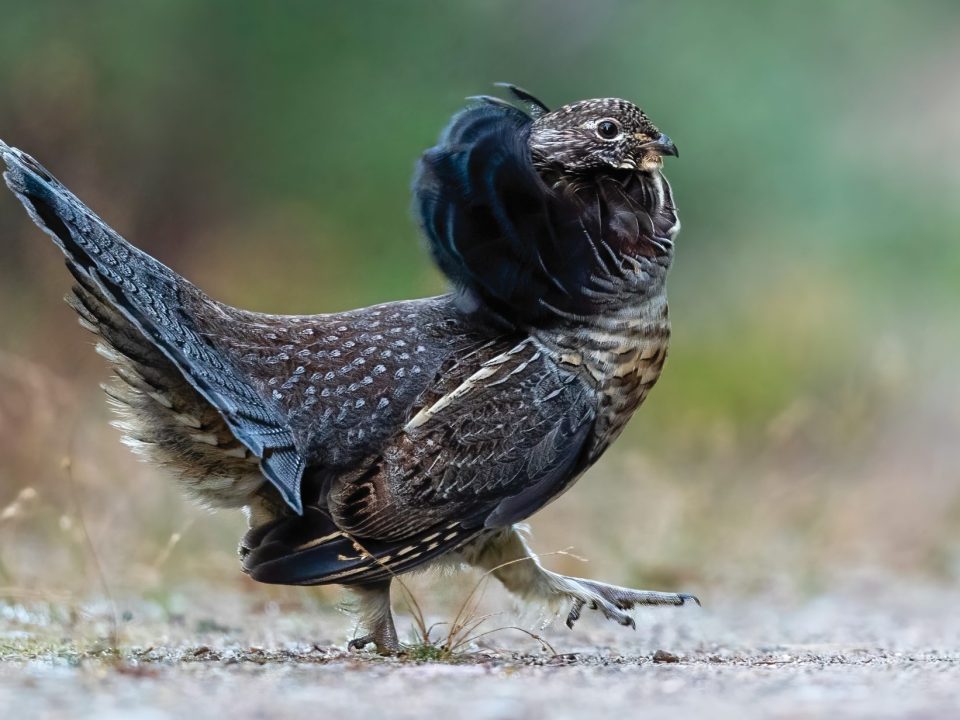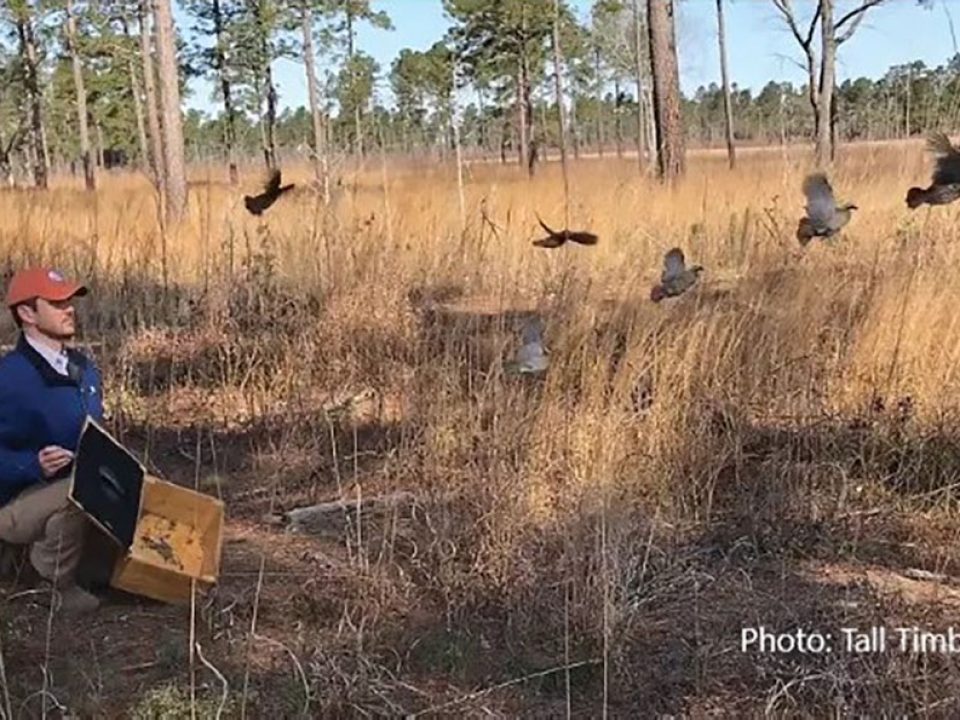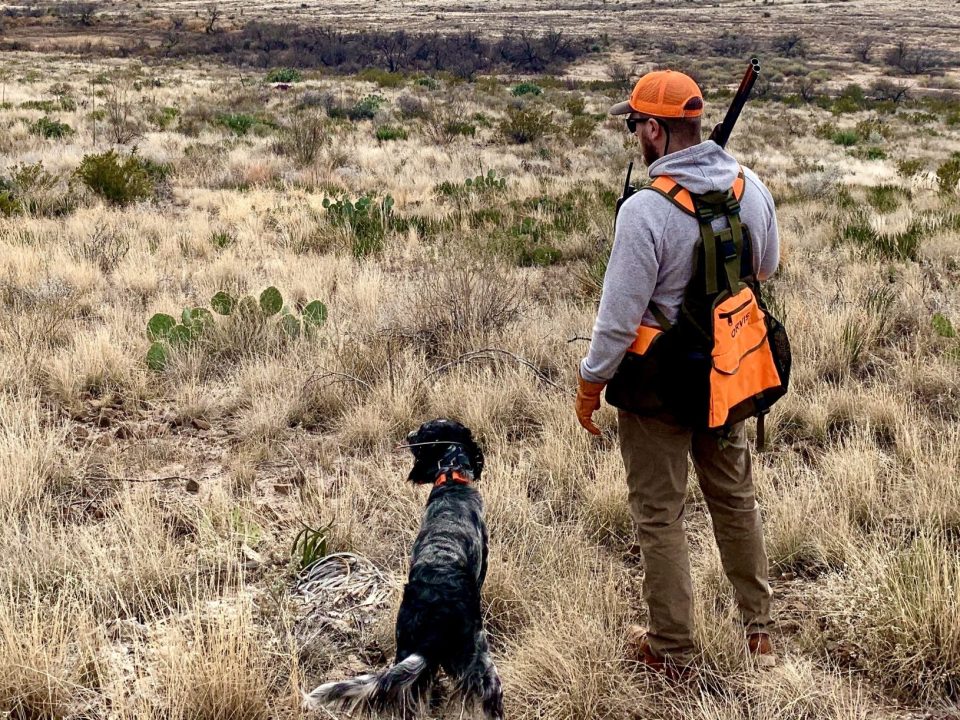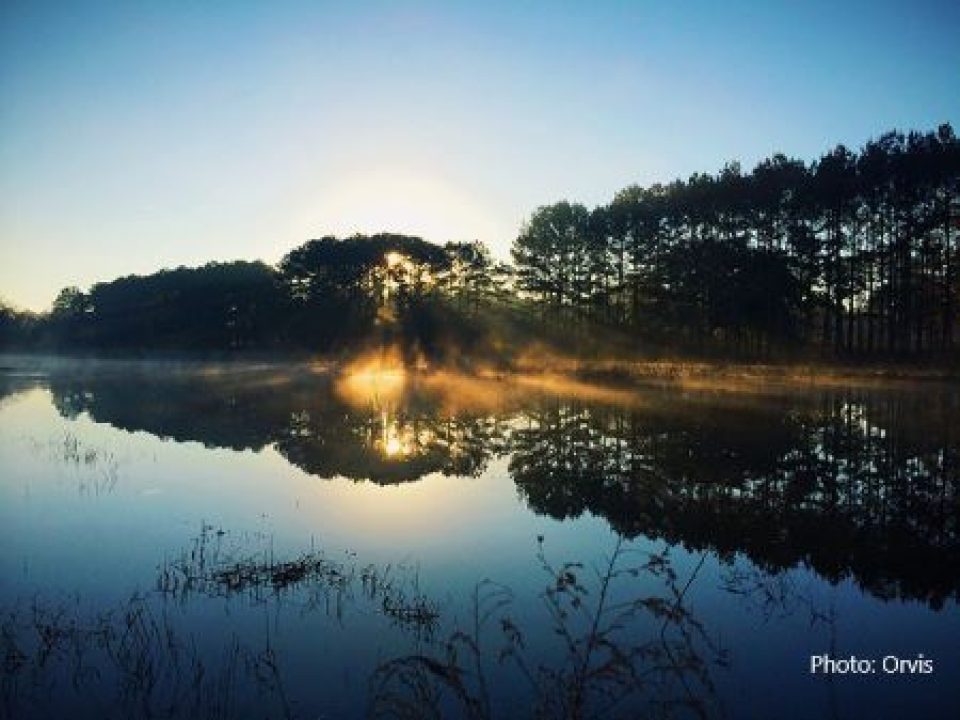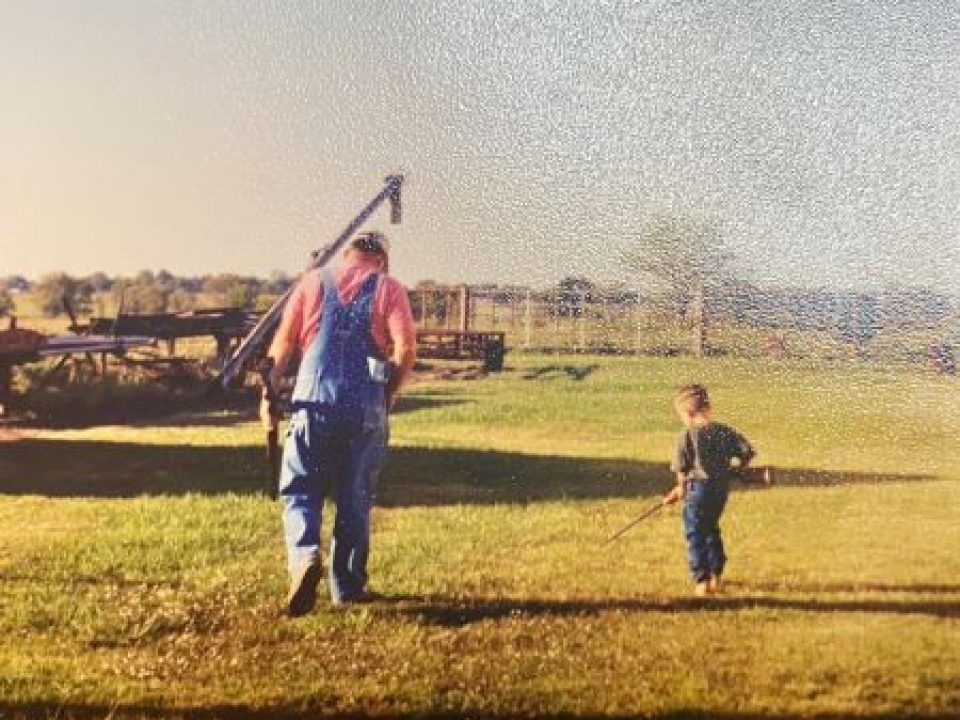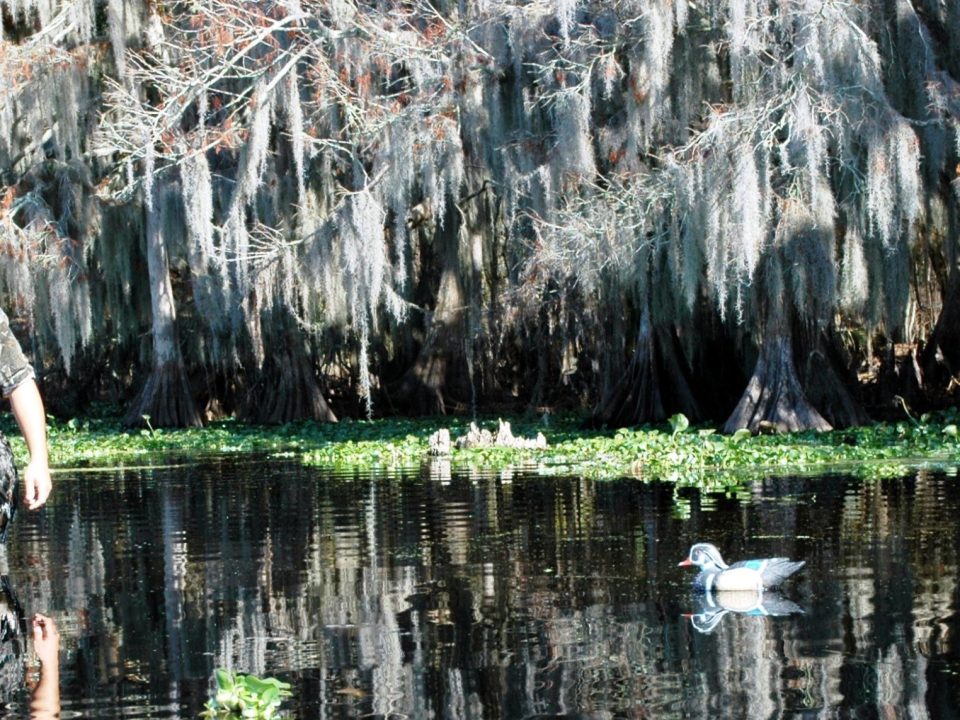Over the years a seasoned pheasant hunter tends to pick up on a few concepts considered more than useful. The “poor man’s driven bird shoot” is one of the more endearing. Unlike a real driven shoot, this is ideal for the lone sportsman. But what about the “beaters” A well-trained flushing dog fills the requirement nicely. Our method involves pushing difficult to approach pheasants into some form of heavy cover and letting pup do the bulk of the chasing. Cattail marshes along lakeshores are tailor-made for this endeavor, as are standing crops planted in long strips, provided they are not too broad. This also is an avenue to hunt said crops in areas where it is not legal to hike through them prior to harvest. Creek bottoms or tumbleweed patches can also play out well.
Wingshooting
Scalies Over a Barrel (Cactus)
The day dawned softly. Pastel tones of pink, orange and gold breathed a lifelike vibrancy ever so briefly into the expanse of clouds keeping watch over adjacent mountain peaks. A rather small group of mountains, downright tiny compared to the Wind Rivers I hail from, this mass of rock protruding from the desert floor makes up for diminutive size with absolute upthrust. I thought to myself, “I could make the summit in less than an hour here”… a very, very strenuous hour.
The Quail Coalition is a Hunter’s Behind-the-Scenes Rainmaker
On May 30, 2024, the Federal Drug Administration, after seven years of study, approved a medicated feed for wild quail called QuailGuard, developed to eliminate the eye-worm parasite found in about 80 percent of Texas wild bobwhite quail.
As it turns out, the funding for QuailGuard came largely from a low-profile, Dallas-based non-profit called the Quail Coalition. Never heard of it? Not surprising since the expanding organization is founded on the model of channeling nearly 100 percent of the money raised by member volunteers directly into research rather than marketing, media relations or trinkets.
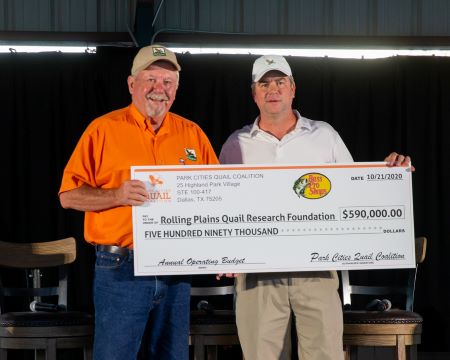
The Quail Coalition awarding $590,000 to the Rolling Plains Quail Research Ranch in Texas.
The formation of the Quail Coalition in 2009 was revolutionary. It started with a bunch of Texas quail hunters who shut down the state chapters of the now-defunct Quail Unlimited. They believed that spending 40 percent of the money they raised on administrative costs by the national headquarters was not in the interest of local habitat preservation and research. These founders flipped the business model on its head and established a new lean organization where the lion’s share of money was targeted for its intended purpose: fostering the growth and health of bobwhite quail. The new group was christened Quail Coalition.
“The Texas chapters weren’t seeing much out of the Quail Unlimited,” recalled Jay Stine, Executive Director of the Quail Coalition and the group’s only paid employee. “We were raising a lot of money, but then writing a check for about 40 percent of it to support their organization”
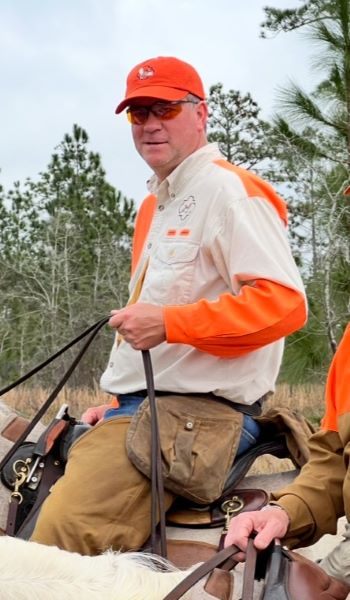
Quail Coalition’s Executive Director, Jay Stine.
Local Quail Coalition chapters control their funds and activities. Their fund-raising efforts are unified on devotion to quail research, education and habitat improvement through collaboration with regional agencies and organizations. The only money that goes back to the Quail Coalition are Jay’s salary, office rent, web sites and youth programs. The goal was to retain ownership and proceeds of local funding-raising events. But there are few other caveats in regards to disbursement.
“We don’t work with private land owners, but prefer to work with research organizations,” Jay said.
With little fanfare, the streamlined organization has recently distributed some $2 million to the Rolling Plains Quail Research Ranch, Caesar Kleberg Wildlife Research Institute, The Quail-Tech Alliance, the Wildlife Toxicology Lab of Texas Tech University, the Sul Ross Borderlands Research Institute, Tall Timbers and The Wildlife Habitat Federation.
Since that seminal meeting in 2009, the 4,000 members of the Quail Coalition have raised approximately $30 million.
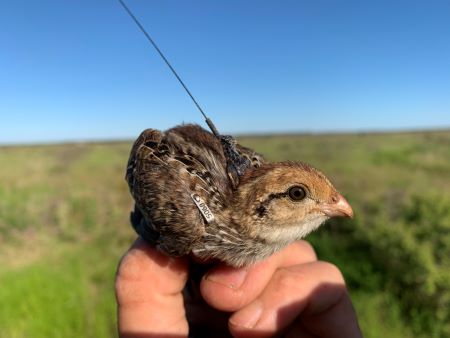
A bobwhite quail chick wearing a VFH tracking transmitter.
One particular beneficiary was a quail translocation undertaking led by Tall Timbers in Tallahassee, Florida. The research institute received a grant from the Quail Coalition for a program to relocate wild quail from Livingston Place – their 9,100-acre property near Monticello, Florida. Called the Western Pineywoods Quail Program, the goal is to return the East Texas region, once abundant with wild quail, to its glory days.
Tall Timbers’ Bradley Kubecka, CWB, PhD, who is a Texas native, explained that over a period of several decades the pine forests of East Texas saw wild-quail declines due to reduced prescribed burns and lack of timber thinning. Much of the contributions for the rehabilitation of Pineywoods came from the Quail Coalition’s Dallas Park Cities and Houston chapters.
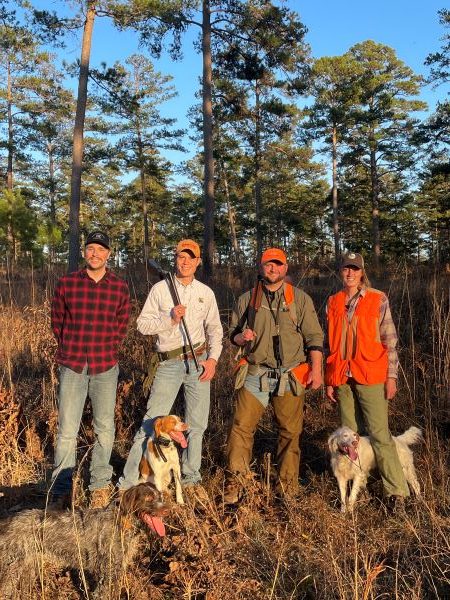
Bradley Kubecka (second from left) with colleagues in some prime quail habitat.
“I pitched the idea to the idea to the landowners and Park Cities chapter and they thought the program was really cool,” said Brad. “We need to be doing here what Tall Timbers is doing in the Red Hills. The Quail Coalition supported replicating the mission here in Texas.”
The East Texas Pineywoods project is located on private property in Polk County, Texas. Radio-tagged quail have been moved there from Tall Timbers and Livingston Place. Sixty bobwhites were trapped, tagged, and translocated to East Texas from north Florida in early January 2023 and another 60 two months later in March. The next batch of 60 translocated quail were captured and successfully released early in January 2024 with additional birds to be translocated in March 2024.
All translocated bobwhites were tagged with VHF transmitters and tracked daily. Survival rates of the translocated birds has been good, and with 1.1 nests per hen and 59-percent nest success over the past two years. Thirty-three of the 119 nests found (28 percent) from telemetry were incubated by males. Nests from unmarked birds were also documented in year two. By comparison, the last time a reproduction study was done in east Texas, 1990-1992, 46 nests were located during the entire 3-year project with much lower (32 percent) nest success. Those areas, though, won’t be open for hunting perhaps for another couple of years to allow the population to continue to grow.
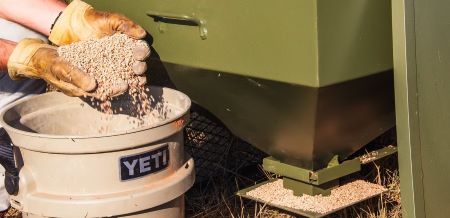
QuailGuard
The Quail Coalition’s investment in research is also marked by a project with Texas Tech University that led to the 2024 approval of QuailGuard.
The FDA had concluded that the drug integrated into a medicated feed was both safe and effective in controlling parasites in wild quail in their natural habitat. For instance, eyeworm parasite infection levels in the Rolling Plains region of West Texas had been documented at over 60 percent while cecal worms have been documented at up to 90 percent throughout Texas.

The Rolling Plains Quail Research Ranch in Texas releasing quail.
Better yet, as a joint venture between Park Cities Quail Coalition and Dr. Ron Kendall, Ph.D., Professor of Environmental Toxicology, Wildlife Toxicology Laboratory at Texas Tech University, royalties from Quail Guard LLC will return to the Park City chapter and be spent on quail research and education in Texas.
True to form, Quail Guard, LLC has no paid employees. Joe Crafton volunteers as president. He is also past president of the Rolling Plains Quail Research Foundation and a member of the Upland Advisory Committee for Texas Parks and Wildlife.
“Our visibility is very well known in Texas, and other organizations are adopting our model of a low number of employees and putting more money into research,” said Jay. “We already have an organization in Oklahoma, and we’re looking to establish an organization in Alabama. We would love to get something established in the southeast like Mississippi and South Carolina. When we talk to those states, we are also revolutionizing the way those organizations are run.”
Irwin Greenstein is the publisher of Shotgun Life. You can reach him on the Shotgun Life Facebook page at https://www.facebook.com/shotgunlife#
Habitat Champion Jon Steigerwaldt is All Ears When it Comes to Nurturing Ruffed Grouse Country
Come early spring in the forests of the Upper Midwest is when you listen for them.
Through the songs of warblers, loons, blue jays and nuthatches, your ears detect the drumming of male ruffed grouse beating their wings to attract females and repel rivals. It’s breeding season in this part of America, and the low-frequency, rapid-thumping broadcast permeates the hardwood, conifer, jack pine, chestnut and aspen trees of the male’s territory. For wingshooters, scientists and naturalists the intensity of the drumming through the woods foretells of the season’s hunt – and habitat work that still needs to be planned for the to birds thrive.
For the rest of us, the telltale drumming signals that it’s time to clean that side by side, waterproof those boots and stock up on shells.
Harmony in the Habitat: Quail Forever, Tall Timbers and Federal Agencies Join Forces for Quail Conservation
Quail Forever volunteers are the front line of quail-habitat preservation. Not only do they proudly get their hands dirty when it comes to land restoration, but local chapters harness the power of their community to funnel resources into the national organization in support of conservation through lobbying, education, and relationships with government and non-government agencies, which all get behind the common goal of safeguarding quail through methodical land stewardship.
Several of Quail Forever’s go-to partners are the U.S. Department of Agriculture’s Working Lands for Wildlife (WLFW), Conservation Reserve Program (CRP), Natural Resources Conservation Services (NRCS), as well as the non-profit organization Tall Timbers. Tall Timbers pioneered prescribed burning to promote healthy quail landscapes, beginning in its own backyard of the legendary bobwhite quail belt called the Red Hills Region that encompasses North Florida and South Georgia.
Big Bend Blues: Chasing Quail Through the Desert With a 1-Year Old Puppy
An electrifying jolt shot through my leg like a bolt of lighting, and yet the air still crackled with dryness. We yearned for a storm to soften the West Texas elements, but more immediately a four-inch cactus spine lodged in my blood-soaked pant leg stung like crazy. It was the first of many of this wasteland’s formidable defenses. The spine that had pierced deep enough also penetrated my psyche otherwise preoccupied with the pervasive silence only broken by loose desert rocks trodden by weathered boots and the paws of a single-minded puppy.
Back to Basics with the Orvis Wingshooting School at the Mays Pond Sporting Grounds
Just because a clay target is called a “bird” doesn’t mean it has a brain, wings or instincts. For someone stepping from a skeet field into pheasant field it can be a humbling (and expensive) lesson to learn that the techniques and temperament acquired with clays shooting don’t automatically make us great wingshooters. Sometimes, after a disappointing performance on the prairies of North Dakota or the plantations of South Georgia, have put on our big-boy pants and admit it’s back to school.
Chances are that with a weathered tool bag of clays-shooting skills you’ll only need a tune-up to consistently bringing down those upland game birds – actually, fine-tuning the fundamentals summed up by the instructors as the Orvis Mays Pond Sporting Grounds in Monticello, Florida as “style.”
An Unforgettable Dove Hunt… I Wish They’d Let Me Forget
Finally, I was old enough to shoot my break-open .410 shotgun without it knocking me to the ground, but my dad had recently gotten severely hurt in a horse riding accident and was unable to take me on my first dove hunt.
I was heartbroken; not only was my hero stuck in bed with his arm, leg, and ribs broken, but we also couldn’t do all the things we had planned to do, like going on my first dove hunt.
Thankfully, my grandpa was willing to walk through his pasture with a five-year-old boy on a hot September afternoon.
Duck Decoying Strategies to Bag More Birds
With increasing pressure on waterfowl, waterfowlers need to dig deeper into their bag of tricks to bring more birds closer.
Across North America, most waterfowlers probably use mallard decoys. Mallards flying over a pond expect to see big orange feet glowing like beacons in the water. Most decoys don’t come with feet, so glue two strips of orange ribbon to the decoys to simulate legs in the water. Tip each ribbon with a small sinker to hold it down.
Moving into the U.S., Whistling Ducks Create More Hunting Opportunities
Sounding like squeaky wheels needing grease, about 50 squealing long-necked birds circled overhead before settling into the water just outside our decoys.
These birds looked like no other North American waterfowl. In flight, the gangly birds stretched out their elongated necks and dangled long legs behind them, looking more like an ibis than a duck. Their wings beat strong, but slow, more like geese than the frenzied flapping of other ducks. They also stand upright like geese and easily walk on land.
Shotgun Life Newsletters
Join an elite group of readers who receive their FREE e-letter every week from Shotgun Life. These readers gain a competitive advantage from the valuable advice delivered directly to their inbox. You'll discover ways to improve your shooting, learn about the best new products and how to easily maintain your shotgun so it's always reliable. If you strive to be a better shooter, then our FREE e-letters are for you.
About Shotgun Life
Shotgun Life is the first online magazine devoted to the great people who participate in the shotgun sports.
Our goal is to provide you with the best coverage in wing and clays shooting. That includes places to shoot, ways to improve your shooting and the latest new products. Everything you need to know about the shotgun sports is a mouse-click away.
Contact
Irwin Greenstein
Publisher
Shotgun Life
PO Box 6423
Thomasville, GA 31758
Phone: 229-236-1632


